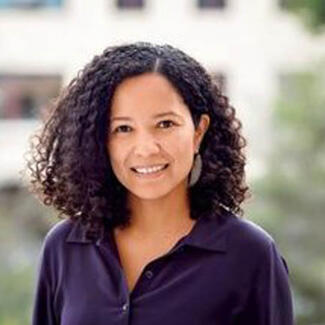
Debbie Senesky answers 7 questions on how nanotechnology is shaping our world – and community
nano@stanford is an open, shared facility that welcomes researchers academic institutions, industry, and government.
Professor Debbie Senesky discusses how nanotechnology shapes our world – and its potential for future breakthroughs, even in space. On the cusp of nano@stanford’s open house, Debbie answers 7 questions about nanotechnology. She is the site director and principal investigator of nano@stanford.
At nano@stanford’s recent open house, visitors took tours of the facilities, featuring high-resolution microscope demonstrations and handling (with tweezers) silicon wafers used in semiconductors. Stanford’s shared resource platforms, C-ShaRP, also hosted a series of brief research talks.
Debbie states, "We want to bring awareness because communities may not think they have access to nano@stanford, but they actually do. ”She continues,” What’s unique about nano@stanford is an open, shared facility. It’s open not only to the Stanford community. We also have many external users who regularly use our facility. For example, we have more than 100 startup companies in our user base. Since buying clean room equipment can be extremely costly, startups can pay monthly fees to use our facilities for prototyping. Also, we conduct a lot of education and outreach. We have a paid internship program where we have community college students working within our labs along with our staff members to support research. In concert with their education skills, that can translate to jobs in the semiconductor workforce or medical fields. So, we want to bring awareness because communities may not think they have access to nano@stanford, but they actually do.”
Learn more about nano@stanford.
Excerpted from 'Nanotechnology is everywhere’: Why very small tech matters,’ Stanford Report.